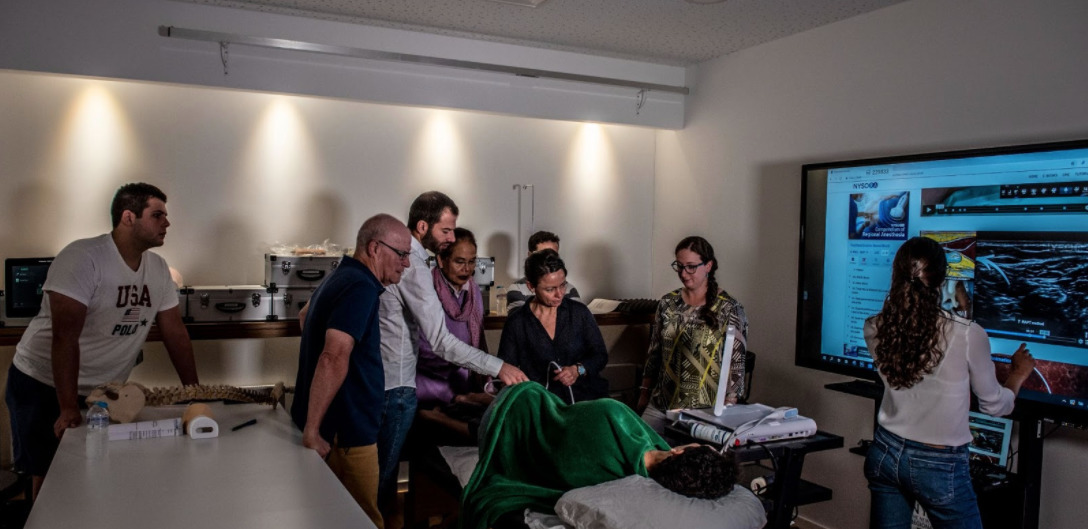LinkedIn has come a long way from being a simple resource for job seekers to being the most popular professional networking platform with 900 million users globally as of 2023. It is also widely adopted by medical professionals, and for a good reason.
Dr. Hadzic shares his thoughts on the value LinkedIn brings, as well as the limitations that came with its growth and how to circumvent them.
Value of LinkedIn in the Medical and Research Communities
Linkedin allows medical professionals to share important developments in medicine and science, new knowledge, new articles, and outcomes and results from randomized clinical trials, that other professionals might otherwise miss. LinkedIn, most definitely, has a lot of these benefits for everyday clinicians as well as the research community.
Although the benefits for everyday clinicians and the research community are immense, the full potential of LinkedIn is being thwarted by the same thing that once propelled it forward – community growth. As the community grows, as has been the case with other social media platforms, it mandates the institution of certain community rules. And as the community grows, those rules become increasingly stricter so that the community at large is protected from harmful content or content that might not be suitable for all community members.
The Limitations of LinkedIn
We, in the medical community in particular, have experienced an increase in censorship when posting clinical images, which imposes considerable limitations. These limitations go beyond concealing patient identities, which is already mandated by the information confidentiality rules. As an example, restrictions in sharing intraoperative imagery, images of nerve block procedures, and patient management visuals, are being increasingly censored by LinkedIn as violations of community rules. Even when the content is not taken down, LinkedIn prevents it from being seen by other members, minimizing its reach, impact, and the clinical experience exchange within the scientific community. The irony is that – as LinkedIn is increasingly more often being used as a vehicle to discuss patient management, the increasing censorship and strictness of the community rules are starting to limit its value to the very community that clutched to it is THE platform for the medical professionals.
Perhaps, being that LinkedIn is a large community, most of these decisions are made by AI algorithms, with moderators only occasionally reviewing the content that has been unfairly flagged or restricted due to biases within the platform’s algorithms. In Dr. Hadzic’s own experience, even when reaching out to LinkedIn reviewers directly, they are very terse in their replies and quite possibly, not being reviewed with professionals who could understand the plea related to the importance of allowing sharing the content that was struck as “violation of community rules.
Circumventing the Limitations and Improving the Content Quality
The overwhelming size of the community means that medical professionals from different fields with varying levels of experience, knowledge, and relevance post unprecedented amounts of information. The need for an interest-based platform emerged where medical professionals with a specific interest in regional anesthesia, pain management, and POCUS can freely exchange ideas and share cases without the restrictions of the community rules.
For example, we shared a case study on a patient with an amputated leg where the NYSORA’s Team utilized a nerve block procedure to decrease the patient’s pain and suffering. The amputation, obviously, is a common clinical scenario in medical practice, and could not possibly be construed as a violation of community rules. However, the LinkedIn AI algorithm prevented us from sharing it.
Interest-based community platforms such as NYSORA’s LMS allow medical professionals to share cases like these without being penalized or having their posts and comments no longer visible to other users. We invite you to join our 11K members community on NYSORA LMS for free, and access and discuss clinical cases, free courses, NYSORA’s regional anesthesia procedures, patient management protocols, and instantly useable infographics.








